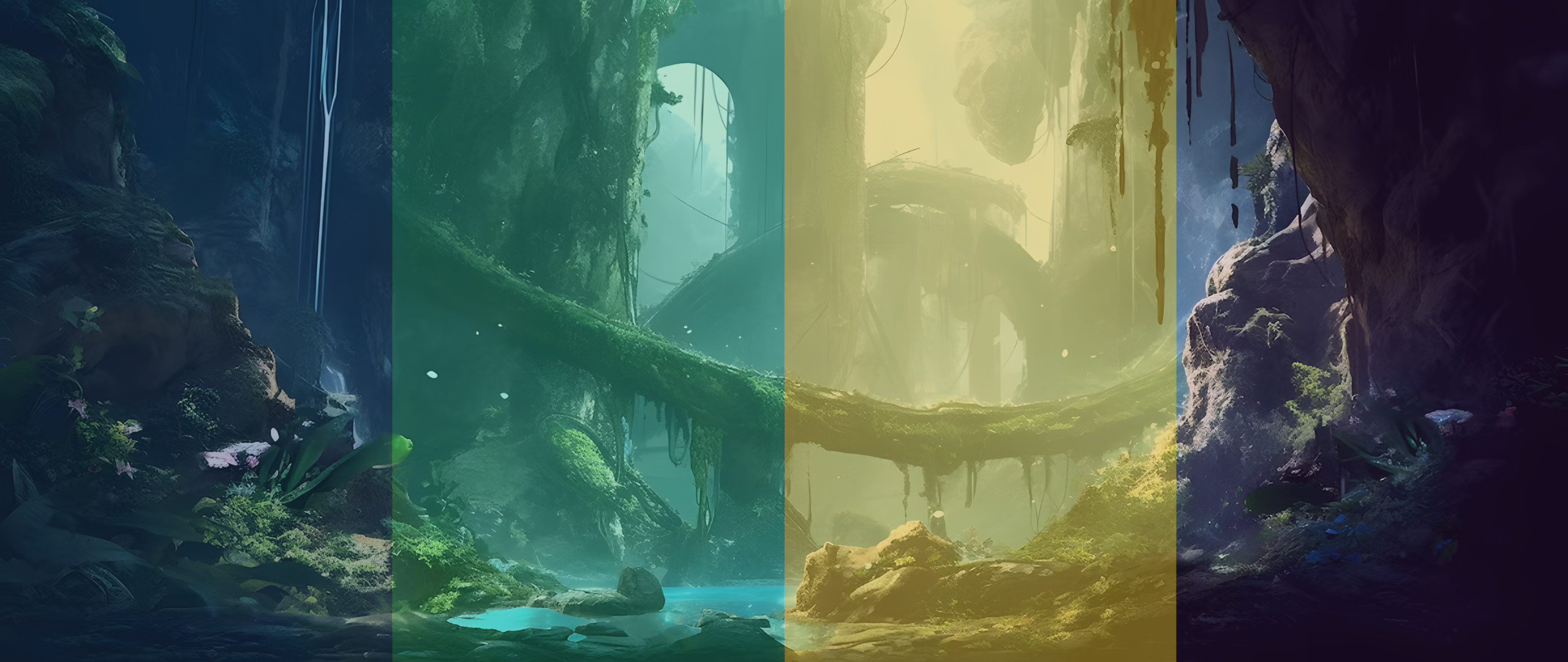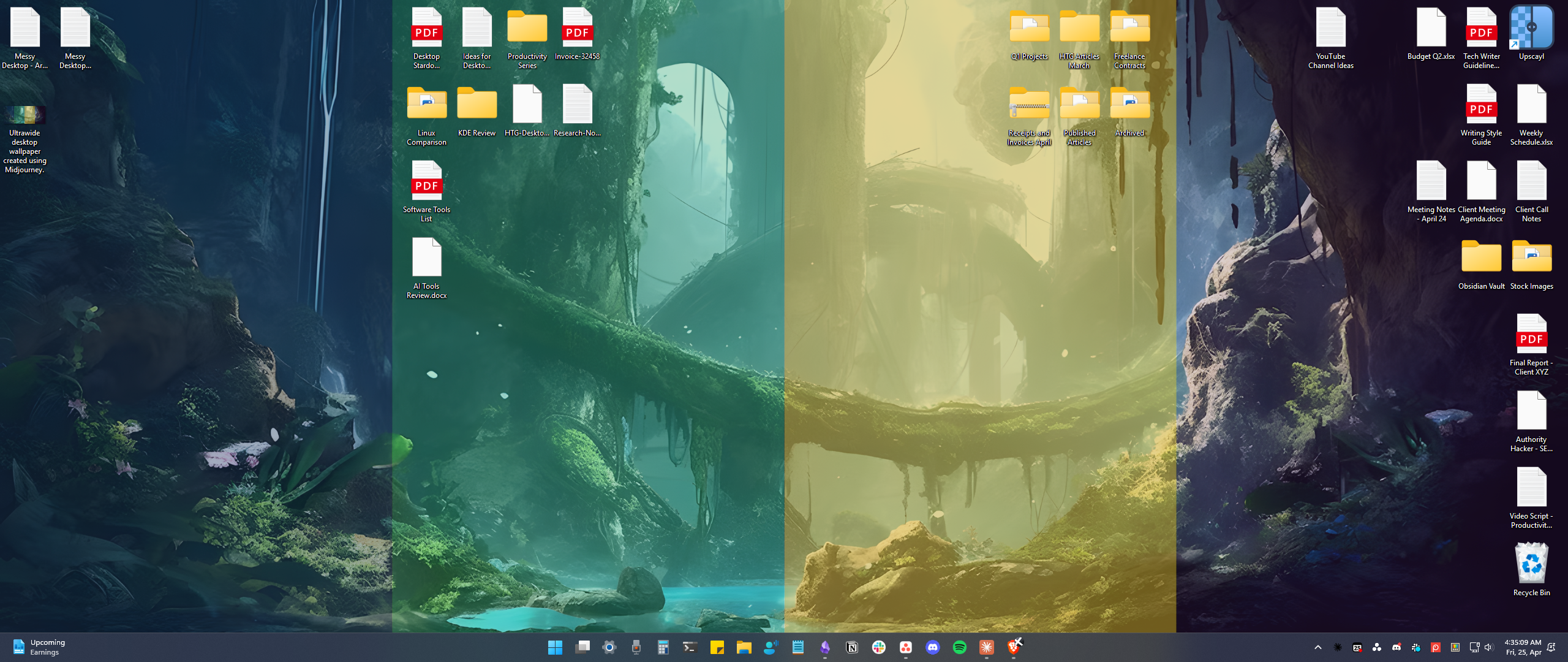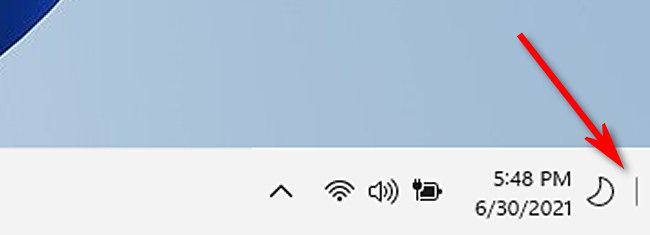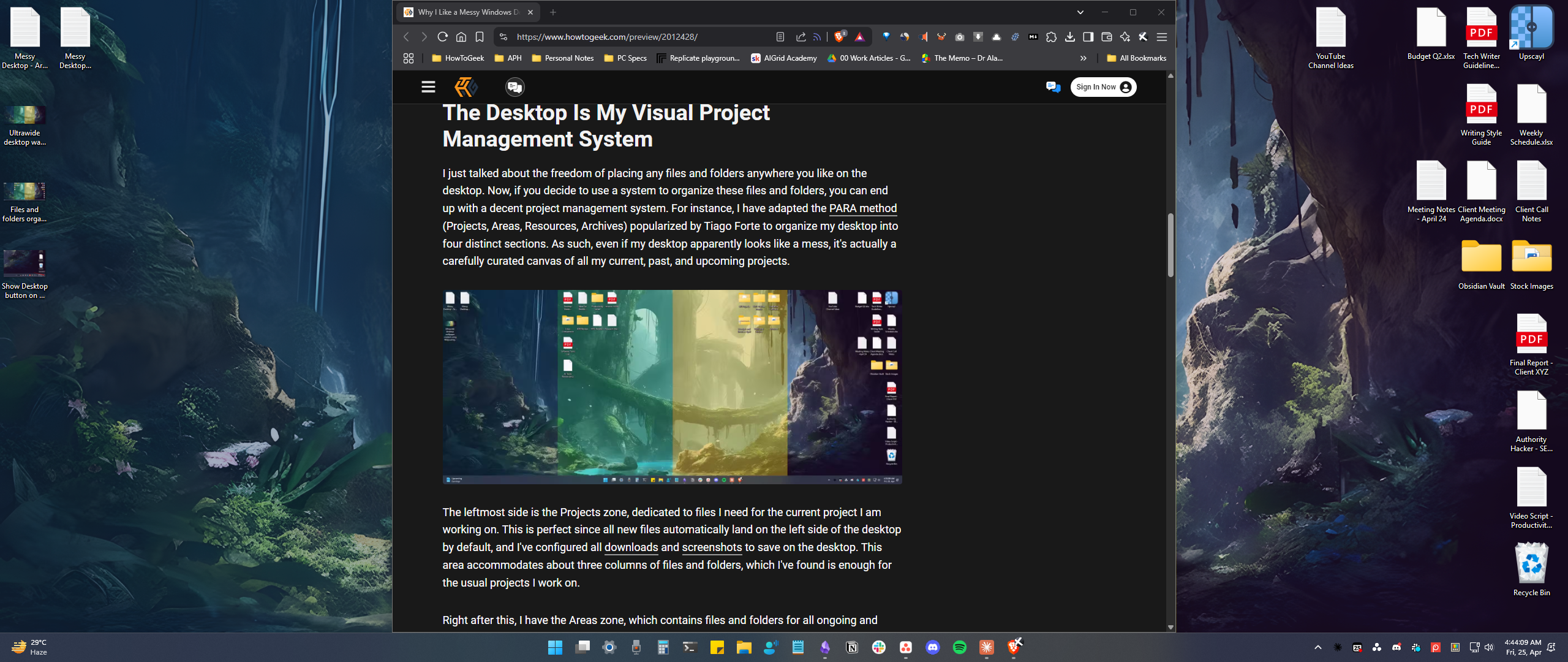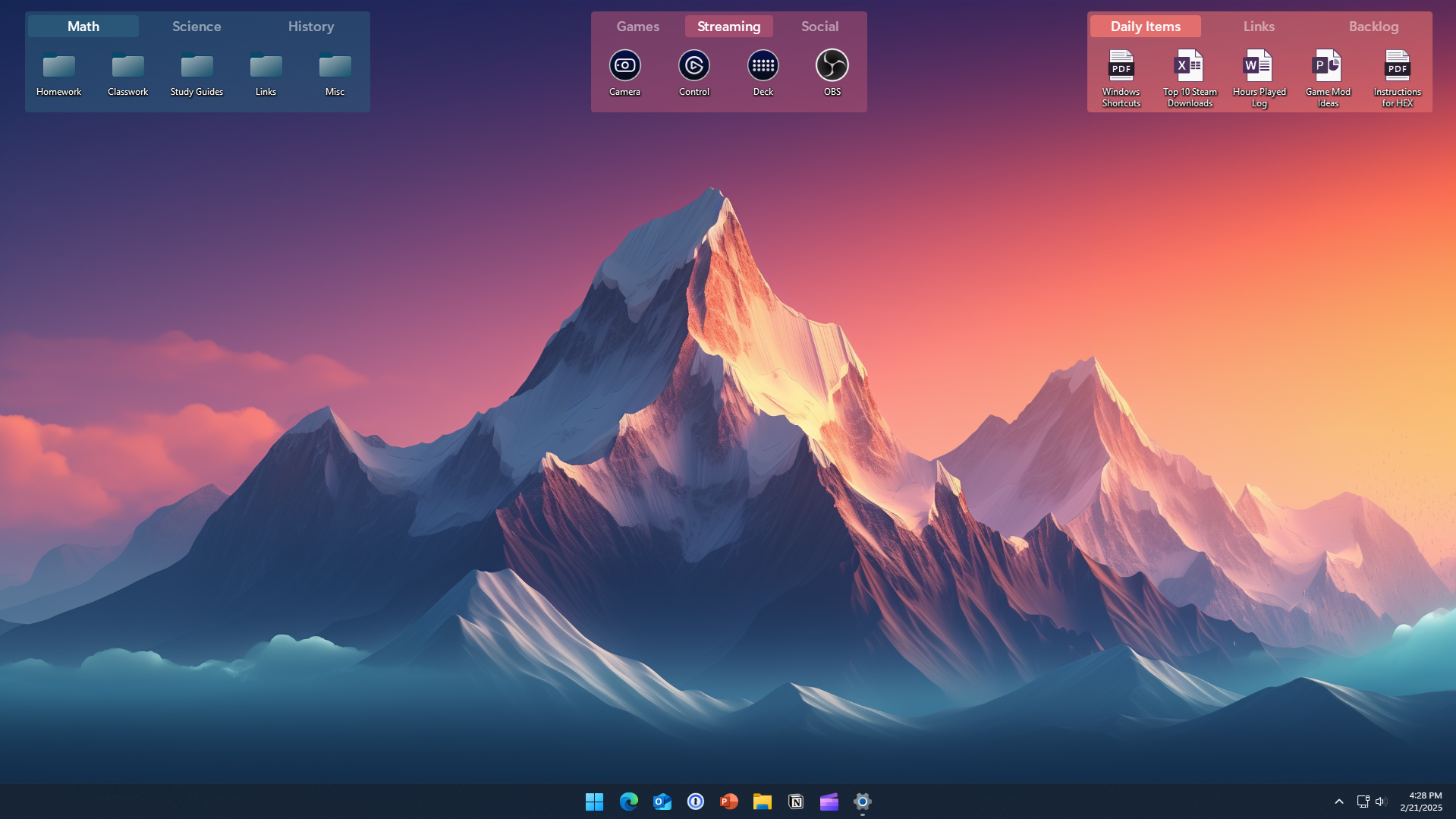Summary
- The Windows desktop is a better file manager than File Explorer, with support for freeform file organization and sticky notes.
- Organizing files on the desktop using the PARA method can create an effective information organization system.
- If you own an ultrawide monitor, or dual monitors, not having some files or folders on it feels like wasted screen real estate.
Have you ever stopped to question why a clean desktop is considered good while a messy desktop is bad? Well, I have, and found that having a messy desktop can actually benefit your workflow. Here’s why I don’t keep a clean, icon-free desktop and how it improves my productivity!
I Use The Desktop as a File Manager
I find that the Windows desktop is a better file manager than the actual Windows file manager. The traditional File Explorer forces everything into rigid grids or lists, but the desktop gives you complete control of where you want to place your files and folders. It’s essentially a blank canvas where I can arrange things exactly how my brain wants them.
If the files on your Windows desktop are auto-arranging themselves into a grid, then right-click anywhere on the desktop, go to “View” and disable “Auto Arrange Icons”.
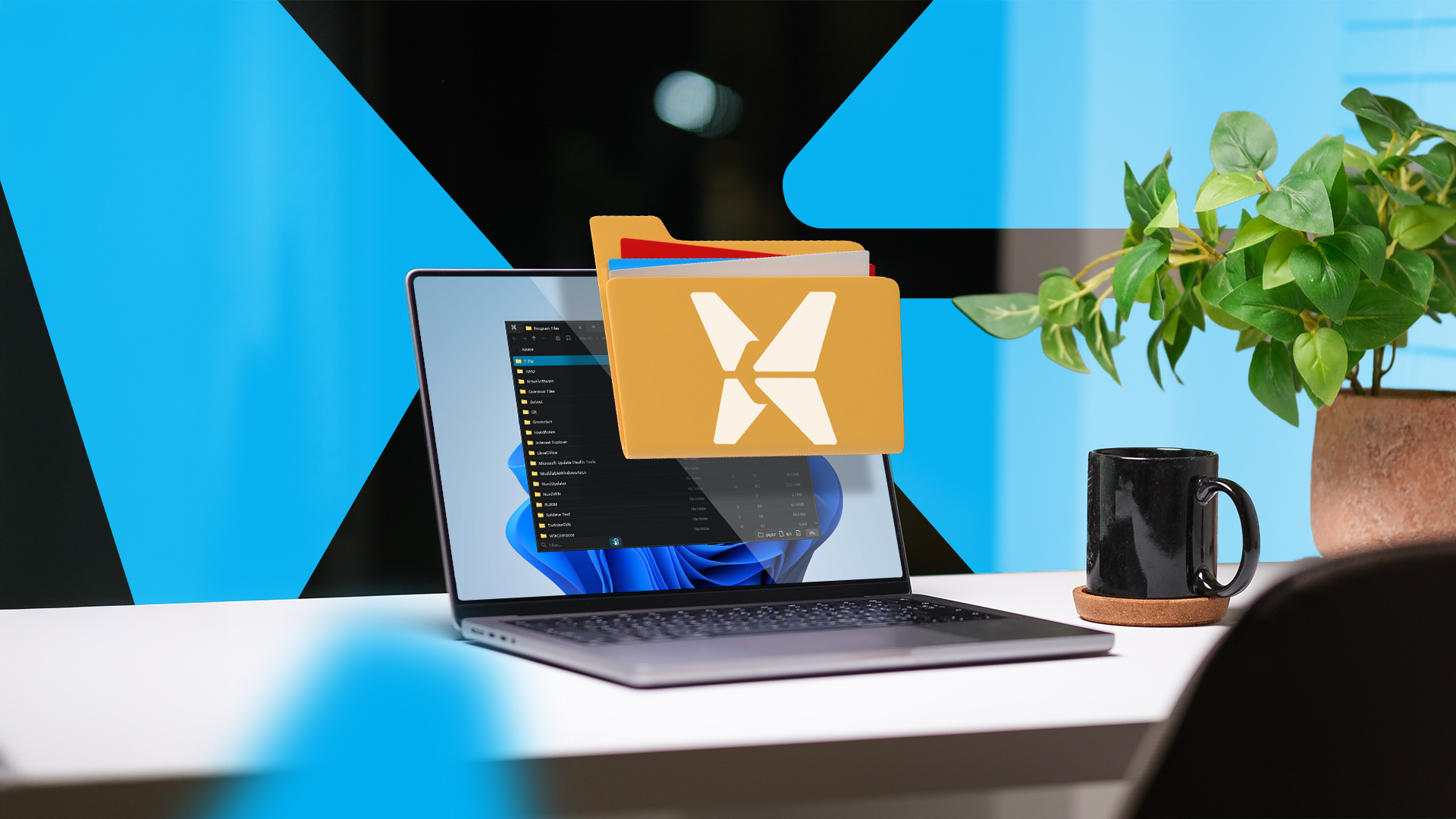
Related
This Third-Party File Manager Is So Impressive That I Replaced Windows File Explorer With It
File Pilot offers many incredible features!
Inside File Explorer, I can only arrange the files and folders by sorting them based on name, type, and size. But on the desktop, I can position items based on urgency, relevance, or any other theme that makes sense to me at the moment. For example, I can have all the files related to my current project clumped together in the top left corner with the right edge reserved for files I need to reference often. The desktop gives me spatial organization that traditional file managers can’t match.
And as a bonus, I can slap a wallpaper on my desktop for customization purposes, which is just not possible with a file manager. It’s also worth mentioning that a wallpaper isn’t simply for aesthetics, since I could choose (or create) a wallpaper with naturally dividing elements that can help me organize my files into distinct regions.
Windows File Explorer does have some useful features that can come in handy. However, for file organization and discovery, I find that the desktop is a much better solution.
The Desktop Is My Visual Project Management System
I just talked about the freedom of placing files and folders anywhere you like on the desktop. Now, if you decide to use a system to organize these files and folders, you can end up with a decent project management system. For instance, I have adapted the PARA method (Projects, Areas, Resources, Archives) popularized by Tiago Forte to organize my desktop into four distinct sections. As such, even if my desktop apparently looks like a mess, it’s actually a carefully curated canvas of all my current, past, and upcoming projects.
The leftmost side is the Projects zone, dedicated to files I need for the current project I am working on. This is perfect since all new files automatically land on the left side of the desktop by default as I’ve configured all downloads and screenshots to save on the desktop. This area accommodates about six columns of files and folders, which I’ve found is more than enough for the usual projects I work on.
Right beside this, I have the Areas zone, which contains files and folders for all ongoing and upcoming projects. As a tech writer, I might be testing various tools simultaneously, but if I’m not actively working on a particular assignment, I’ll move it to this section. This gives me an immediate visual cue of my workload—if this column starts overflowing, I know I’ve taken on too many concurrent projects and need to finish some before starting new ones. It’s a brilliant way to prevent myself from perpetually jumping between tasks without completing anything. Plus, if necessary, I can always add Sticky Notes to this zone for additional context and reminders.
Next comes the Archives zone. Going by the PARA method, this section should’ve been for Resources, but I’ve found I rarely notice or pay attention to items in the third column, so I decided to use it for all my archived stuff. I maintain a rolling 60-day archive of finished projects—tax filings, any medical reports, published articles, and other deliverables—in case I need to reference them again. After that period, they get properly filed away in my long-term storage system.
The final zone is for my Resources—reference materials and shortcuts to applications I periodically need for work. If I am using a windowed application, I know everything is readily accessible on the right side. And if I am using a full-screen app, I can quickly view the desktop using the “Show Desktop” button located at the bottom right of the taskbar. Alternatively, you can also press “Win + D.”
It Makes Sense for My Ultrawide Monitor
If you’ve invested in an ultrawide monitor—like I have—a messy and maximalist desktop approach actually makes a lot of sense. It feels like all that screen real estate is going to waste if you don’t use it to house some files and folders for quick access. Furthermore, even with a dozen files, an ultrawide desktop is less likely to look crowded and claustrophobic—as you can clearly see from my desktop screenshots. You can also reduce the icon size by right-clicking on the desktop and then selecting View > Small Icons to make the desktop feel less cluttered.
Now, my workflow on my ultrawide is structured around the PARA zones, as I mentioned earlier. I generally keep my active application window centered (unless I need it full screen), covering up the Areas and Archives zones. This way, I have the Projects zone to the left and the Resources zone to the right of what I am doing, which greatly helps my workflow.
For those with dual monitors, this approach works even better. You can dedicate your secondary display entirely to this “messy” system while keeping your primary monitor clean to view your 4K wallpapers. When needed, simply drag files from your organizational desktop onto whatever application you’re using on your main screen.
If you want to take the messy desktop route, did you know that there are tools out there to help you? For example, I’ve recently discovered Stardock Fences and it perfectly complements my workspace philosophy. While I haven’t purchased it yet—feeling it’s less of a need and more of a want—I’ve theorized all the ways it can supercharge my desktop productivity!
Fences allows you to create containers on your desktop that can house related files and folders based on your defined rules. These containers can be labeled, minimized, and color-coded to make your messy desktop that much more organized! For instance, I could set up a fence that automatically collects all screenshots, another for documents, and a third for downloads, to systematize the Projects zone.
What makes Fences particularly appealing is that they add structure without sacrificing the spatial freedom that makes the desktop so useful. You’re essentially getting the best of both worlds—the auto-organization of folders with the accessibility and visibility of desktop items.
There’s something liberating about committing a sort of tech faux pas and coming out more productive on the other end. My approach might look chaotic to observers, but there’s a method to this madness that perfectly matches how my brain processes information and tasks.
If you find yourself constantly opening and closing folder windows, or losing track of what you’re working on, you might want to use your screen’s real estate as the powerful organizational tool it was meant to be.


